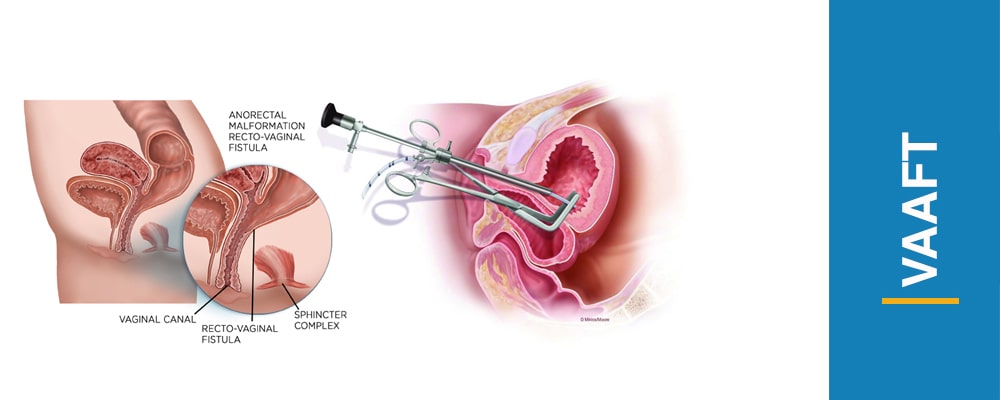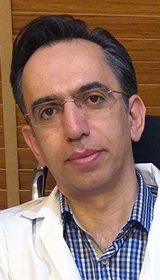
Video-Assisted Anal Fistula Treatment (VAAFT)
3min ReadAn anal fistula is a type of anal disease and is caused by a small tunnel that connects two organs in the anal area.
In most cases, the fistula tunnel connects the anal canal to the skin around the anus. This tunnel transmits intestinal infections to the surface of the skin.
The disease needs immediate treatment because it can cause serious problems for the patient.
One of the ways to treat fistula is through the VAAFT method. VAAFT is a safe and less aggressive way of treating this disease by removing the abscess and tunnel created.
The most important feature of this treatment is preventing harm and maintaining anal sphincter muscle function.
Duration of Treatment Anal Fistula
VAAFT does not require hospitalization for fistula treatment, and the operation is performed on an outpatient basis and the patient may be discharged from the hospital an hour after surgery.
Also, compared to traditional methods, the recovery time is much shorter and one can quickly return to their normal routine. The patient needs to rest only one night after surgery.
Related Paraclinics Anal Fistula
Your doctor may want to see your GP to make sure you do not have any other medical problems that interfere with the surgery. You may have to undergo tests before surgery.
Preoperative care, procedure, postoperative care Anal Fistula
Before the surgery
All patients are clinically evaluated via digital rectal examination and undergo a series of preoperative tests to help to identify the fistula tract and internal opening, including anorectal endoscopy, magnetic resonance imaging (MRI), pelvic ultrasound and contrast examination. Colonoscopy is scheduled for patients with suspected inflammatory bowel disease (IBD).
Polyethylene glycol electrolyte solution is administered one day before the operation for bowel preparation.
Surgical Procedure
In the treatment of anal fistula with VAAFT, your doctor will use an endoscope.
The fistula is removed through a special electric current. A very small camera enters the fistula’s canal, completely removing the dead tissue inside the canal, cleaning the site with plenty of rinsing, and then using fibrin glue to close the internal fistula hole.
Next, the fistula will be closed with the least possible ulceration. This procedure will treat the anal fistula with minimal incision and without the sphincter muscles being cut, and the risk of recurrence is very low.
Postoperative Care
Post-VAAFT care is important because it can affect the outcome of treatment and accelerate the recovery process. Keeping these tips in mind also prevents the disease from returning again. Postoperative care includes:
- 6 hours after surgery, the patient can start their diet with fluid intake.
- Pay attention to anal cleaning and drying after any bowel movements
- Avoid smoking and alcohol
- Consume fruits and vegetables to prevent constipation
- Avoid anal sex
- Drink at least 8 glasses of water a day
- Avoid fried foods with a lot of added spices
- Use a sitz bath (sit in warm water for 15 minutes)
- Regular use of prescription drugs
Benefits of VAAFT compared to traditional methods
- Less pain and bleeding
- It is an outpatient surgery and does not require hospitalization
- It will not cause fecal incontinence because it prevents damage to the external sphincter muscle.
- Duration of treatment and cost of VAAFT are less
- The low recurrence rate of the disease after surgery
- In traditional methods, recover time take weeks or even months, but in VAAFT the recovery time is very short.
Who should use the VAAFT method?
This method is suitable for treating patients with anal fistulas.
Number of Hospitalized Days
This treatment does not require hospitalization.




Reviews
Number of pending reviews174